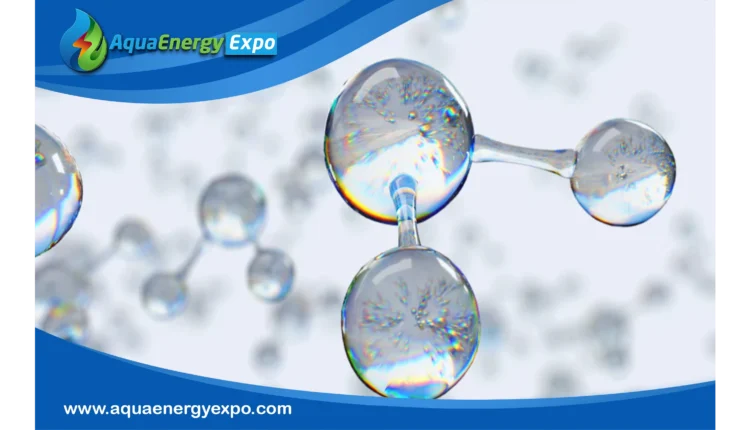The Essentials of Water Reuse: Strategies and Benefits Water reuse is a vital strategy in modern water management, offering a sustainable solution to growing demand and dwindling resources. By treating and repurposing wastewater for non-potable or even potable uses, municipalities and industries can reduce freshwater withdrawal, lower energy consumption, and support environmental protection, all while ensuring water security for future generations. Is Savannah Water Safe to Drink? Savannah’s drinking water undergoes rigorous treatment and testing to meet federal and state safety standards. Drawn primarily from the Floridan aquifer and surface water sources, it is processed through advanced purification systems. While generally safe for consumption, occasional taste or odor issues can occur due to naturally occurring compounds, prompting continuous monitoring and community transparency. Non-Revenue Water: Challenges and Solutions Non-revenue water—water that is produced but not bi...
المشاركات
عرض المشاركات من مايو, 2025
- الحصول على الرابط
- X
- بريد إلكتروني
- التطبيقات الأخرى

Deuterium-Depleted Water: Understanding Its Chemistry, Production, and Health Implications Deuterium-depleted water (DDW) is water with a reduced concentration of deuterium, a stable hydrogen isotope. While regular water contains around 150 ppm of deuterium, DDW typically contains much less. This water is produced using advanced distillation or isotope separation techniques. Scientific interest in DDW has grown due to its potential health benefits, including improved cellular function and anti-cancer properties. However, research is ongoing, and while early results are promising, more clinical studies are needed to confirm its long-term health effects. ?What is Hydraulic Gradient Line The Hydraulic Gradient Line (HGL) represents the elevation to which water would rise in a piezometer connected to a pipeline or open channel. It reflects the pressure head in a system and is a key tool in hydraulic engineering for analyzing fluid flow. When designing water distribution system...
- الحصول على الرابط
- X
- بريد إلكتروني
- التطبيقات الأخرى

The Orange River: The largest river in south Africa The Orange River: The Largest River in South Africa The Orange River , also known as the Gariep River , is the longest river in South Africa , stretching approximately 2,200 kilometers (1,367 miles) from its source in the Drakensberg Mountains of Lesotho to its mouth on the Atlantic Ocean . This river plays a vital role in the region's ecology, economy, and culture. Geographical Origin and Course The Orange River originates from a small stream in the highlands of Lesotho , where it is called the Senqu River . As it flows westward, it passes through South Africa , forming part of the border between South Africa and Namibia , before emptying into the Atlantic Ocean near Alexander Bay . Major tributaries include: Vaal River – the main tributary from the north Caledon River – forms part of the Lesotho–South Africa border Economic Importance The Orange River is essential for agriculture , hydropower generation , a...
- الحصول على الرابط
- X
- بريد إلكتروني
- التطبيقات الأخرى

Fluvial Delta: Understanding the Delta Definition in Water Systems A fluvial delta is a landform created where a river meets a body of water (such as an ocean, sea, or lake), and its flow velocity decreases. The river deposits sediment it has carried along its journey, forming a typically triangular or fan-shaped area at its mouth. These deltas are crucial components of the hydrological cycle , providing valuable ecosystems, supporting biodiversity, and serving as natural buffers for coastal areas. 🌍 What is a Delta? A delta is a sedimentary landform formed at the mouth of a river, where the river meets a body of standing water. The river's current slows down , causing the water to lose its capacity to carry sediment. This leads to the deposition of sand , silt , clay , and organic materials , which accumulate and form the characteristic triangular or fan-shaped structure. 🏞 Fluvial Delta Formation Process Sediment Transport : The river carries sediments such as sa...
- الحصول على الرابط
- X
- بريد إلكتروني
- التطبيقات الأخرى

DuPont Water Solutions: Advancing Global Water Technologies DuPont Water Solutions is a global leader in water purification and separation technologies, dedicated to addressing the world's most pressing water challenges through innovation and sustainability. 🌍 Global Recognition and Impact In 2023, DuPont Water Solutions was honored as the Water Technology Company of the Year at the Global Water Awards. This accolade recognized their significant contributions to water and digital technology, including the development of advanced reverse osmosis membranes that reduce energy consumption by up to 20% while improving water quality by up to 60% . A notable project highlighting their impact is the Jiaxing Drinking Water Upgrade Project in China. DuPont supplied FilmTec™ nanofiltration membranes for this initiative, which became the world's largest nanofiltration drinking water facility, enhancing water security for the region . 💧 Innovative Technologies DuPont...
- الحصول على الرابط
- X
- بريد إلكتروني
- التطبيقات الأخرى

What is a Meander in a River? Understanding Its Formation and Characteristics Understanding Its Formation and Characteristics Rivers are dynamic systems that constantly reshape the landscapes they flow through. One of the most fascinating and visually striking features of a river is a meander —a winding curve or bend that forms as a natural part of a river's journey across relatively flat land. Meanders not only illustrate the fluid nature of water but also play a vital role in shaping valleys and floodplains. Definition of a Meander A meander is a broad, looping bend in a river that typically forms in the middle and lower courses of a river’s path. These bends develop over time as the river erodes its outer banks and deposits sediment along the inner banks, creating a snake-like pattern that shifts gradually across the floodplain. How Do Meanders Form? The formation of meanders is driven by the process of erosion and deposition : Initial Irregularities : Minor variation...